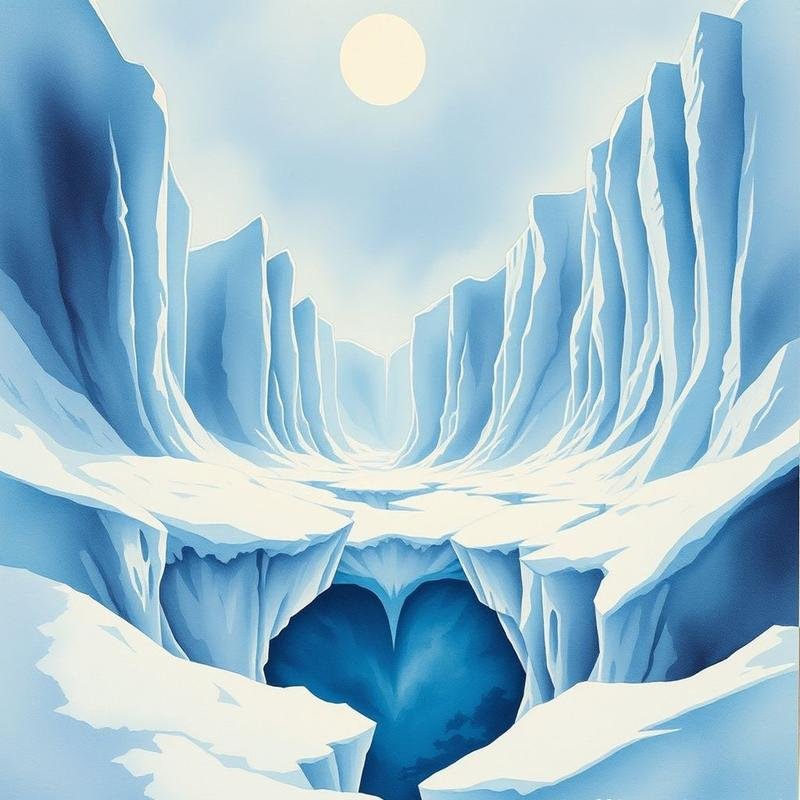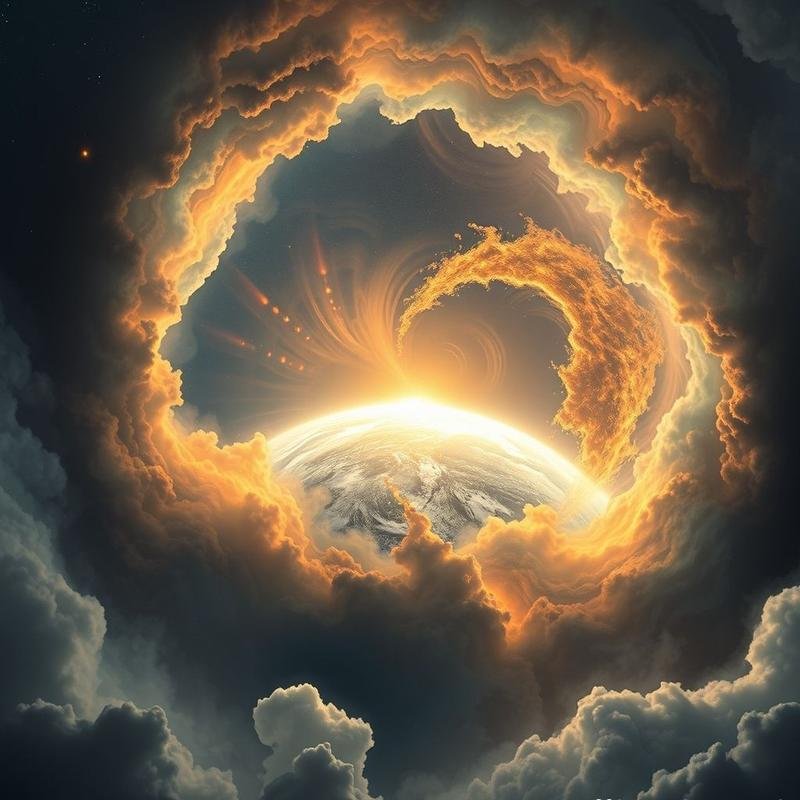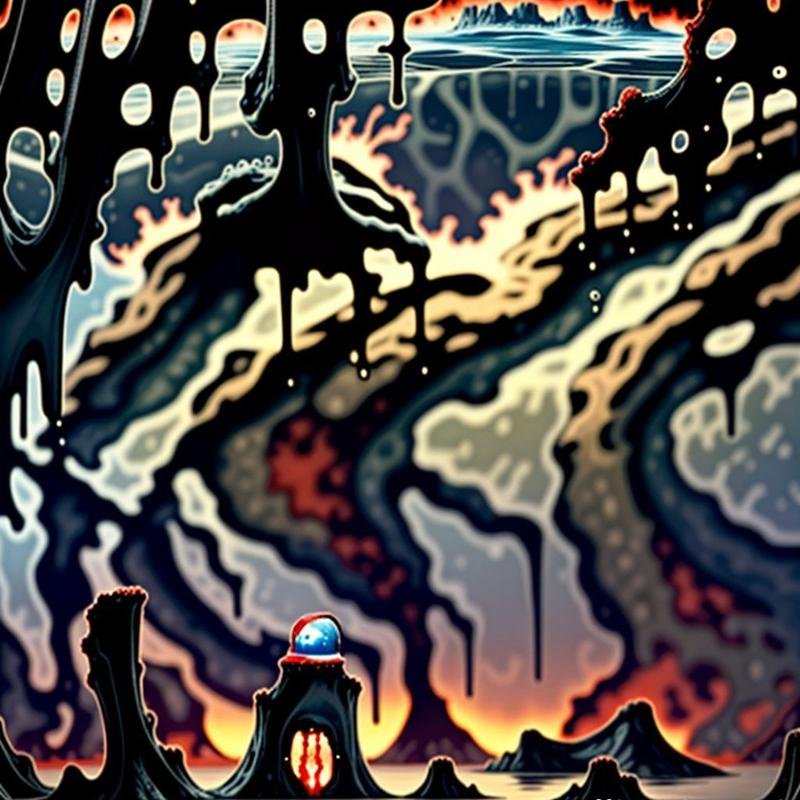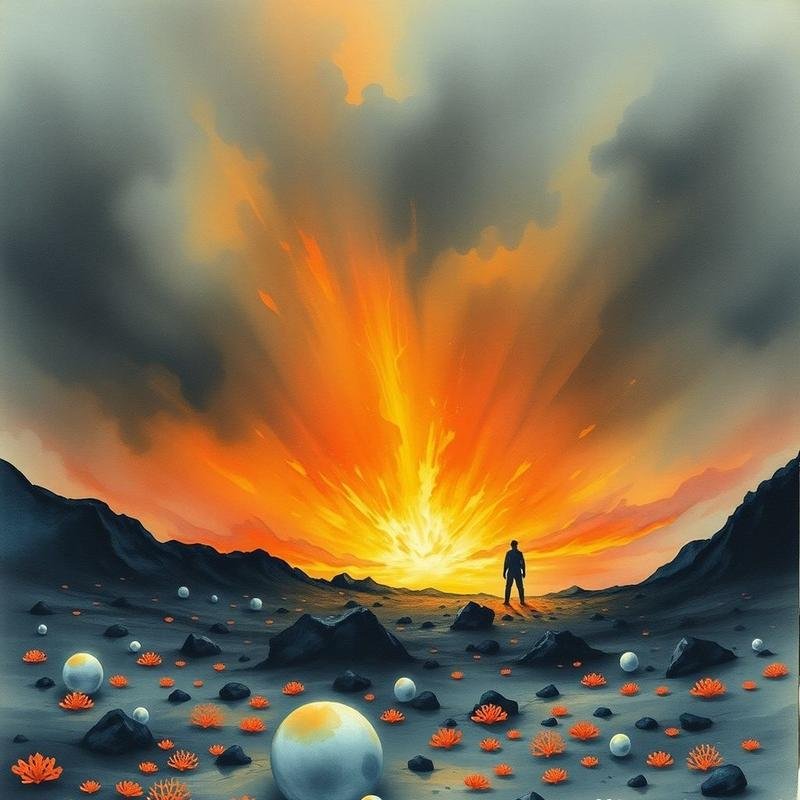Earth’s Profound Cosmic Influences: Did They Shape Humanity?

Earth’s Cosmic History: Shaping Human Development?
Consider Earth as a dynamic stage, dramatically reshaped by ten pivotal events – both catastrophic and innovative – that represent critical turning points in the epic narrative of life. Are these events merely stochastic occurrences within a chaotic universe, or are they components of a larger, cosmic design? For billions of years, our planet has served as a crucible of relentless transformation.
The Late Heavy Bombardment
Among the earliest and most impactful of these was the Late Heavy Bombardment, a period spanning approximately 4.1 to 3.8 billion years ago. During this tumultuous epoch, the inner solar system experienced an intense bombardment of asteroids and comets. This sustained bombardment, evidenced by the heavily cratered surfaces of the Moon and other celestial bodies, profoundly altered Earth’s early crust and atmospheric composition. It may have even delivered essential prebiotic molecules, such as water and organic compounds.
The Great Oxidation Event
Following this period of intense bombardment, life began its tentative emergence. However, the early atmosphere differed significantly from the air we breathe today, being largely devoid of free oxygen. This changed with the Great Oxidation Event, approximately 2.4 billion years ago, when cyanobacteria, pioneering photosynthetic organisms, began releasing oxygen as a byproduct of their metabolism. This seemingly benign process triggered a cataclysmic shift, leading to the widespread extinction of anaerobic organisms that thrived in the absence of oxygen. The rising oxygen levels also reacted with atmospheric methane (CH4), a potent greenhouse gas, resulting in a global cooling event and potentially the first Snowball Earth episode.
Snowball Earth Glaciations
The Snowball Earth glaciations, occurring multiple times between 750 and 635 million years ago during the Cryogenian period, represent some of the most extreme climatic shifts in Earth’s history. Ice sheets extended from the poles to the equator, encasing the planet in a frozen shell. These periods of intense cold and darkness posed immense challenges to life, but may have also spurred evolutionary innovation, forcing the development of more resilient organisms capable of enduring extreme conditions.
The Permian-Triassic Extinction Event
Later, approximately 252 million years ago, the Permian-Triassic Extinction Event, also known as “The Great Dying,” decimated life on Earth. Volcanic activity in the Siberian Traps released massive quantities of greenhouse gases, leading to runaway global warming, ocean acidification, and widespread anoxia (oxygen depletion). An estimated 96% of marine species and 70% of terrestrial vertebrate species vanished. Recovery from this catastrophic event took millions of years. Fossil records indicate that it took nearly 30 million years for biodiversity to recover to pre-extinction levels, underscoring the profound and long-lasting impact of this cosmic tragedy.
The Cretaceous-Paleogene Extinction Event
The Cretaceous-Paleogene Extinction Event, 66 million years ago, marked the end of the dinosaurs’ reign. A massive asteroid, estimated to be 10 to 15 kilometers in diameter, impacted the Yucatán Peninsula, creating the Chicxulub crater. The impact triggered widespread wildfires, tsunamis, and a global impact winter caused by dust and debris blocking sunlight. This event eliminated approximately 76% of plant and animal species, paving the way for the rise of mammals and, ultimately, humans. The element iridium, rare on Earth but abundant in asteroids, provided crucial evidence of this impact event, with its concentration significantly elevated in the geological layer corresponding to the extinction.
Formation of the Himalayas
The formation of the Himalayas, a process that began around 50 million years ago and continues today, has also profoundly influenced Earth’s climate and biodiversity. The collision of the Indian and Eurasian tectonic plates created the world’s highest mountain range, altering atmospheric circulation patterns, monsoon systems, and regional rainfall. This uplift also increased the rate of rock weathering, drawing down atmospheric carbon dioxide and contributing to long-term climate cooling.
The Younger Dryas Impact Hypothesis
More recently, the Younger Dryas impact hypothesis proposes that a cosmic impact, possibly a comet fragment, occurred around 12,900 years ago, triggering a sudden and dramatic return to glacial conditions in the Northern Hemisphere. While the evidence for this impact remains debated, the Younger Dryas period is well-documented in paleoclimate records, showing a rapid cooling that disrupted established ecosystems and may have influenced human migration patterns.
The Toba Supervolcano Eruption
The Toba supervolcano eruption, approximately 74,000 years ago, unleashed a cataclysmic explosion that dwarfed any volcanic event in recorded history. The eruption injected massive amounts of ash and sulfur dioxide into the atmosphere, potentially causing a volcanic winter that lasted for several years. Some scientists hypothesize that this event led to a population bottleneck in human evolution, significantly reducing genetic diversity.
Pleistocene Glacial Cycles
The repeated cycles of glacial and interglacial periods during the Pleistocene epoch, driven by variations in Earth’s orbit (Milankovitch cycles), have shaped landscapes, altered sea levels, and influenced the distribution of plants and animals. These cycles have also played a significant role in human evolution, as our ancestors adapted to changing environmental conditions.
The Emergence of Homo Sapiens
Finally, the emergence of Homo sapiens, with our capacity for abstract thought, language, and technology, represents a unique and transformative event in Earth’s history. Our species has reshaped ecosystems, altered the climate, and even begun to explore the cosmos. However, our impact on the planet also poses unprecedented challenges, including climate change, biodiversity loss, and pollution. Are we the architects of our own demise?
These ten events, seemingly disparate, are interconnected threads in the grand tapestry of cosmic history. Each catastrophe, each innovation, has shaped the planet we inhabit and the life it sustains. The universe is a laboratory of constant change, and Earth is its most fascinating experiment. To delve deeper into the mysteries of our evolving world, subscribe to our channel.







